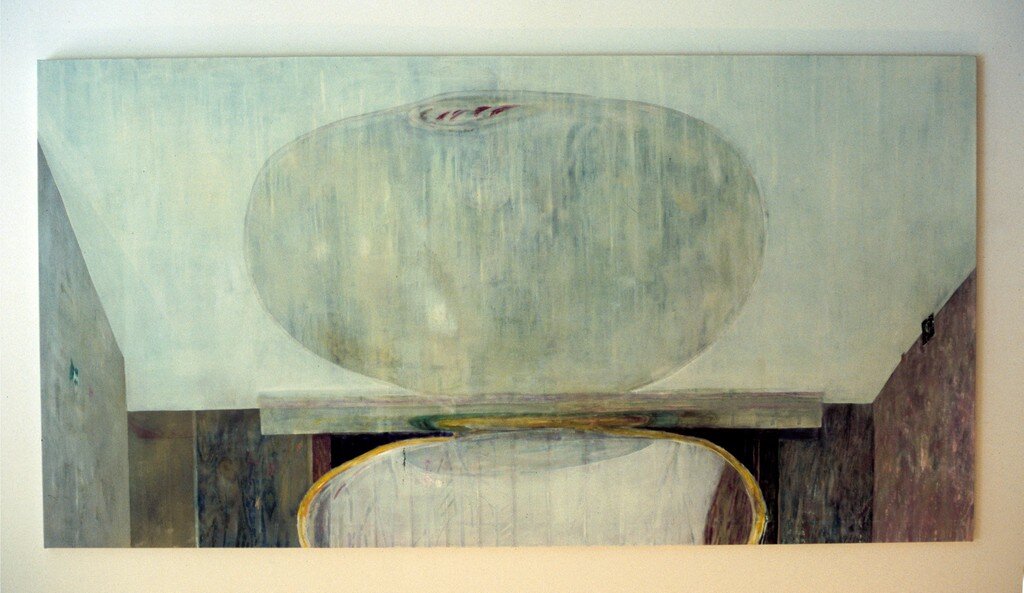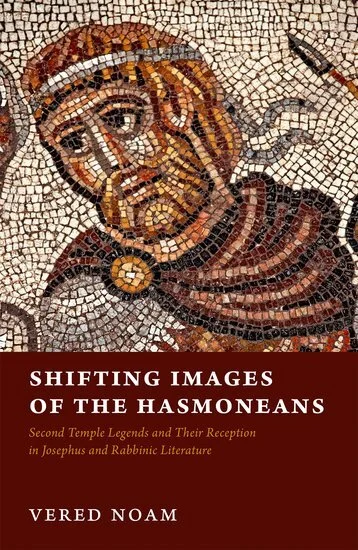“But more than that, the archive of fragments to which we are heirs is the messy produce of the jumbling of accident and intention, purposeful preservation and incidental stashing away. The fragment whispers, suggests, gestures, directs us to the fantasy of the whole picture flickering and dissolving in the middle or far distance like a handful of frames from a mostly lost silent movie.”
Read MoreA Garland of Fragments
“The following is an essay about fragments composed of quotations. These quotations are drawn from the Bible, rabbinic sources, the works of Origen, Philostratus’s Life of Apollonius, and from the works of Friedrich Schlegel, the foremost modern thinker on this subject.”
Read MoreFour Notes on Memory Theatre
“It is a way of asking questions about the past, and about ourselves in relation to the past, in so far as we can feel fragments of the lives of earlier humans and non-humans reverberating in us. It is an imitable model for asking historical questions by means of staged, layered, immersive bodily performance.”
Read MoreFragments
Panelists from the 2018 Religious World of Late Antiquity SBL section panel on “Fragments” offer close readings of a range of secondary or technical sources outside the field in order to investigate provocative problems, ideas, and disciplinary techniques for scholars who study the late ancient world.
Read MoreYear in Review: Top Ten Articles of 2019
As 2019 draws to a close, the editors of Ancient Jew Review want to thank our contributors and readers for a wonderful year!
Read MoreTurning Clockwise: Jews and Timekeeping from Antiquity to Modernity | Dissertation Spotlight
In order to show the promise of examining Jewish history in a technological frame, I chose to study timekeeping technology, whose long and complex development touches every era and region in which Jews have lived.
Read MoreBook Note | Priests in Exile: The History of the Temple of Onias and Its Community in the Hellenistic Period
Because of its breadth, Priests in Exile is bound to become essential reading, not only for those interested in Oniad history, but also for anyone interested in Egyptian Judaism or Hellenistic-Jewish literature.
Read MorePublications | Mary, Mother of Martyrs
My book is about this question: why tie mothers so easily and naturally to notions of self-sacrifice? Why assume that mothers will resemble the martyrs?
Read MoreBook Note | Divine Bodies: Resurrecting Perfection in the New Testament and Early Christianity
Only by carefully reading passages that might run counter to our expectations, Moss concludes, can we rediscover why the resurrected body matters to our identity.
Read More“Given as a Sign”: Circumcision and Bodily Discourse
“Synagoga and Ecclesia in Our Time” by Joshua Koffman, currently at St. Joseph’s University in Philadelphia
“Synagoga and Ecclesia in Our Time” by Joshua Koffman, currently at St. Joseph’s University in Philadelphia
Dr. M Adryael Tong provides an overview of her recent dissertation, “Given as a Sign”: Circumcision and Bodily Discourse in Late Antique Judaism and Christianity: “Traditional classification of early Christian and Jewish texts on circumcision into binary opposition cannot be substantiated once we look beneath disagreement over the practice of circumcision on the surface.”
Read MoreBook Note | Paul: The Pagans’ Apostle
How does Paul come to understand himself as a messenger of Jesus? How did that message change in those hazy decades between the life of the historical Jesus and Paul’s co-writings?
Read MoreForeign Holidays and Festivals as Representative of Identity in Rabbinic Literature: a Dissertation Spotlight
Thomas Couture, Romans during the Decadence (1847). Image is under public domain.
Thomas Couture, Romans during the Decadence (1847). Image is under public domain.
Catherine Bonesho writes about the polemics of rabbinic legislation on holidays: “I find that the law sets Judaism and Christianity in competition with one another and, in the process, the law authorizes the imperial version of Christianity while asserting the nefarious qualities of Jews and Judaism.”
Read MoreBook Note | Ethics in Ancient Israel
James Nati reviews Barton’s Ethics in Ancient Israel: “Barton’s work is thus meant not at offering clarity for believers as they try to live more “biblically,” but rather to argue that ancient Israelite thinkers deserve a seat at the table among other ethical thinkers throughout history.”
Read MoreThe Samaritan Other: Representation, History, and Lost Late Ancient Difference
Top register: the Good Samaritan | Rossano Gospels, f. 7v | Image Source
Top register: the Good Samaritan | Rossano Gospels, f. 7v | Image Source
What happens when we render Samaritans as full-bodied participants in an array of representation and counterrepresentation?
Read MoreBook Note | In the Image of Origen
To whom are we entrusting ourselves when we follow a particular instructor? To what extent should our will be constrained by a teacher, friend, rabbi, abba? Or is it an image of these figures? What do we make of teaching practices that restrain habits of thinking and opinion? What is the role of Tradition?
Read MoreJustice for The Poor
Benjamin Porat provides a preview of his new book, Justice for the Poor: The Principles of Welfare Regulations from Biblical Law to Rabbinic Literature [hebrew].
Read MoreBook Note | Shifting Images of the Hasmoneans
Noam shies away from firmly positing the existence of a concrete document or text that served as the shared source of rabbinic and Josephan traditions. Rather, she suggests that we conceive of a “pool of traditions,” a shared storehouse of stories and narratives, perhaps containing multiple documents, likely written in Hebrew and Aramaic, to which the rabbis and Josephus both had access.
Read MoreWeek in Review (11/1/19)
Roman mosaic depicting Thucydides | Third-century, from Jerash in Jordan; currently held in Berlin | Image Source
Roman mosaic depicting Thucydides | Third-century, from Jerash in Jordan; currently held in Berlin | Image Source
This Week: Rhetoric, doctrine, and Gregory of Nyssa, Decian persecution, archaeology and Paul, upcoming apocrypha, King David – and more!
Read MoreBook Note | Gregory of Nyssa’s Doctrinal Works: A Literary Study
“With this steadily growing interest in Gregory, specialization in particular texts has become the norm. Radde-Gallwitz, having done some of that slow, careful work in his previous books, translations, and articles, argues that there is value in panning back to look at broader patterns, parallels, and divergences.”
Read MoreThe History and Literature of Late Antique Babylonian Rabbis
Richard Kalmin offers a retrospective of his work on the historical analysis of Talmudic narratives.
Read More

















